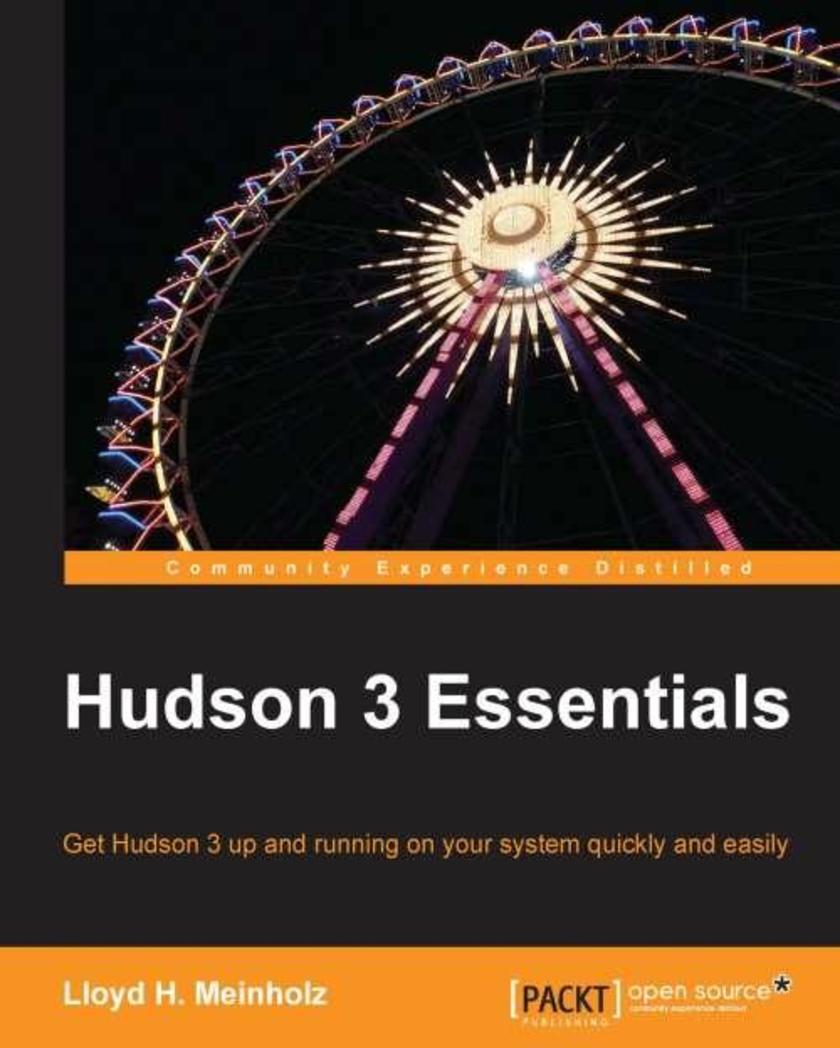
Hudson 3 Essentials
¥63.21
A practical guide, packed with illustrations, that will help you become proficient with Hudson and able to utilize it how you want.If you are a Java developer or administrator who would to like automate some of the mundane work required to build and test software and improve software quality, this is the book for you. If you are a development manager or tester, you can also benefit from learning how Hudson works by gaining some insight into test results and historical trends.
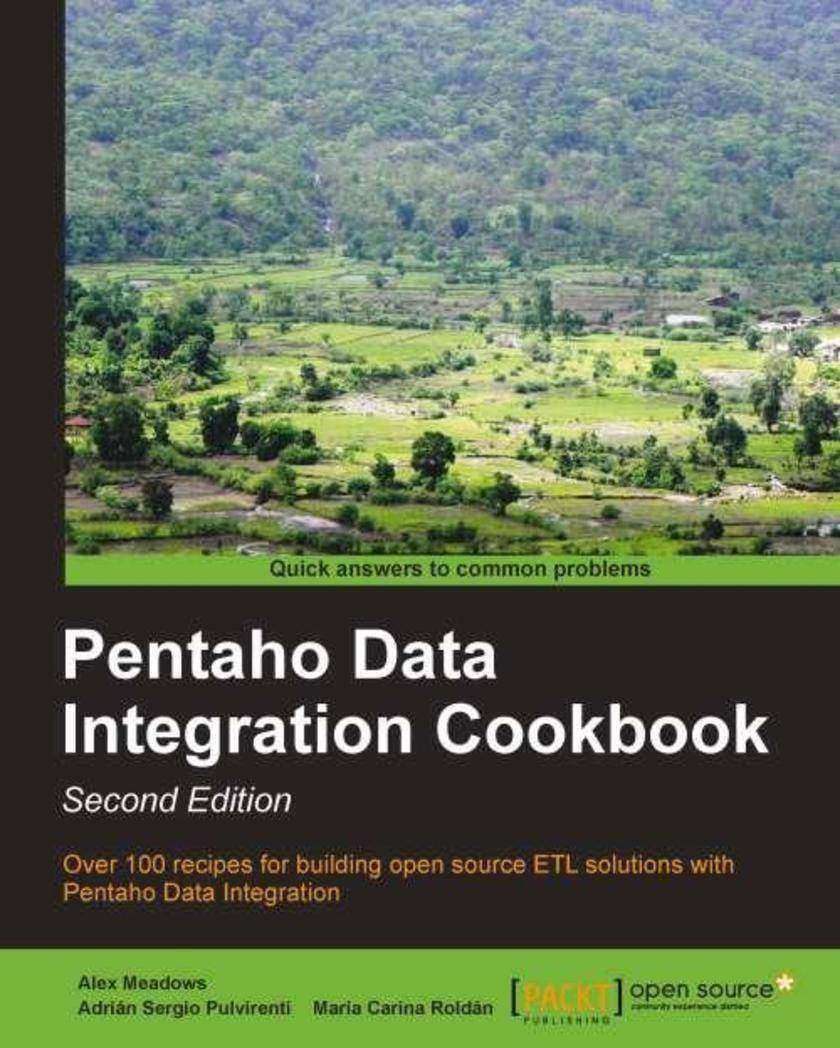
Pentaho Data Integration Cookbook Second Edition
¥90.46
Pentaho Data Integration Cookbook Second Edition is written in a cookbook format, presenting examples in the style of recipes.This allows you to go directly to your topic of interest, or follow topics throughout a chapter to gain a thorough in-depth knowledge.Pentaho Data Integration Cookbook Second Edition is designed for developers who are familiar with the basics of Kettle but who wish to move up to the next level.It is also aimed at advanced users that want to learn how to use the new features of PDI as well as and best practices for working with Kettle.
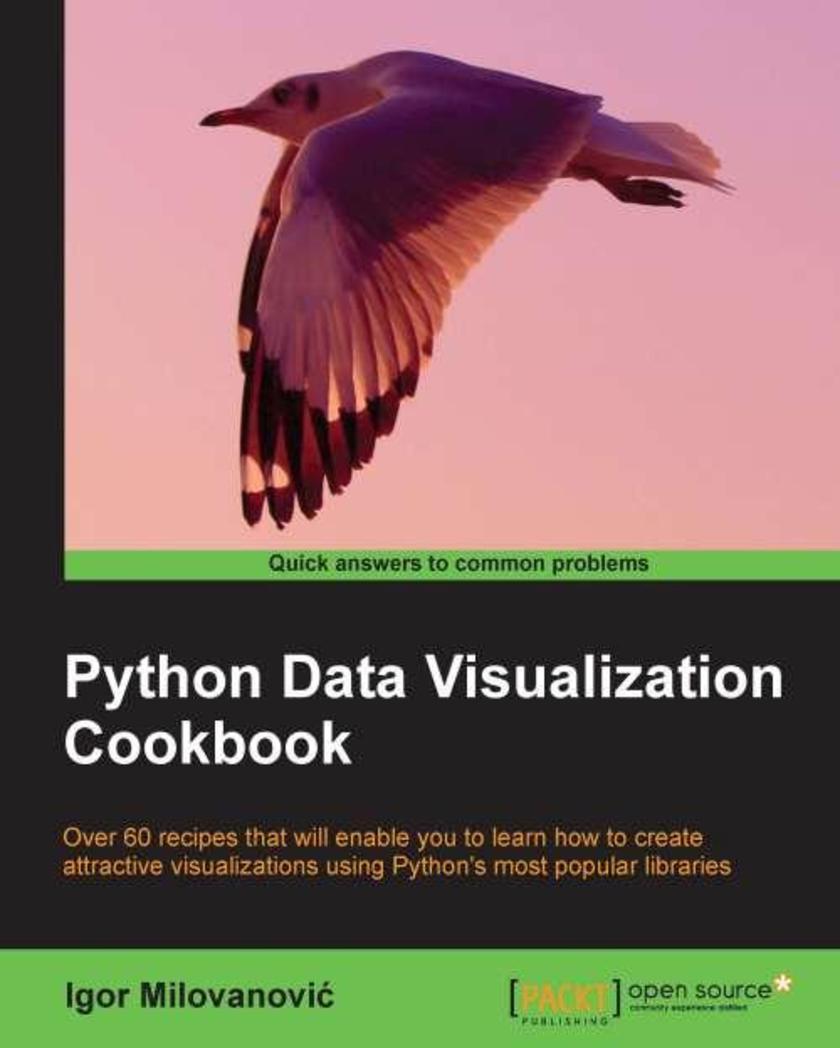
Python Data Visualization Cookbook
¥71.93
This book is written in a Cookbook style targeted towards an advanced audience. It covers the advanced topics of data visualization in Python.Python Data Visualization Cookbook is for developers that already know about Python programming in general. If you have heard about data visualization but you don't know where to start, then this book will guide you from the start and help you understand data, data formats, data visualization, and how to use Python to visualize data.You will need to know some general programming concepts, and any kind of programming experience will be helpful, but the code in this book is explained almost line by line. You don't need maths for this book, every concept that is introduced is thoroughly explained in plain English, and references are available for further interest in the topic.

Getting Started with PhantomJS
¥54.49
The book will follow aA standard tutorial approach, and will beas a complete guide detailing the major aspects of PhantomJS with particular focus on Website website Testingtesting.This book is written forIf you are a JavaScript developers who are is interested in developing applications that interact with various web services, and doing that using a headless browser, then this book is ideal for you. This book iswill also be good for you if you are planning to create a headless browser testing for your web application. Basic understanding of JavaScript is assumed.
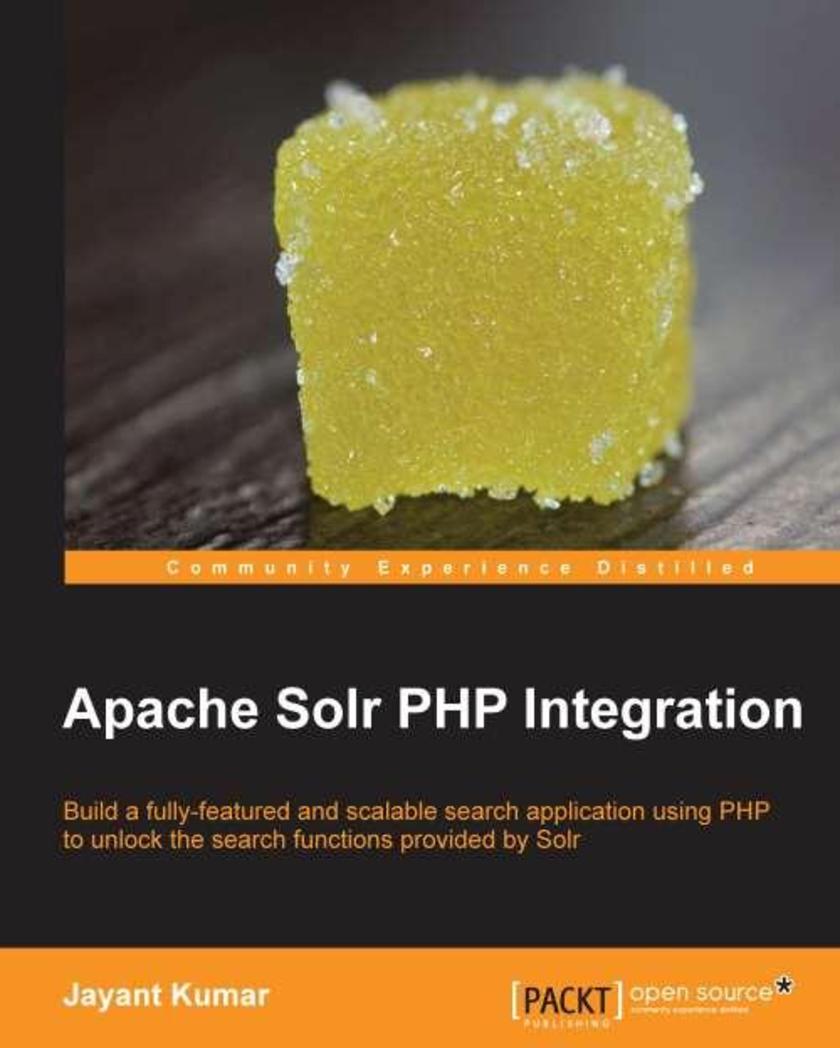
Apache Solr PHP Integration
¥63.21
This book is full of step-by-step example-oriented tutorials which will show readers how to integrate Solr in PHP applications using the available libraries, and boost the inherent search facilities that Solr offers.If you are a developer who knows PHP and is interested in integrating search into your applications, this is the book for you. No advanced knowledge of Solr is required. Very basic knowledge of system commands and the command-line interface on both Linux and Windows is required. You should also be familiar with the concept of Web servers.
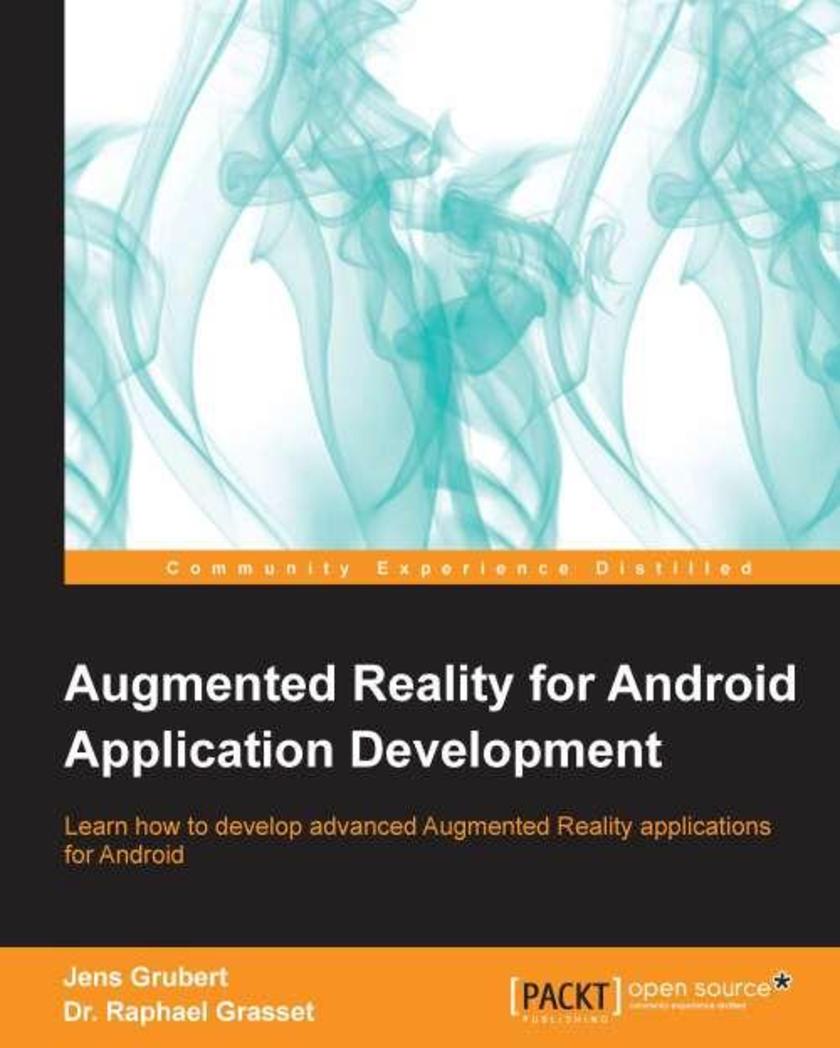
Augmented Reality for Android Application Development
¥63.21
A step-by-step tutorial-based guide aimed at giving you hands-on practical experience to develop AR applications for Android.Augmented Reality for Android Application Development is for Android mobile application developers who are familiar with Android Development Tools and deployment, JMonkeyEngine, and the Vuforia SDK.

Microsoft Visio 2013 Business Process Diagramming and Validation
¥99.18
Microsoft Visio 2013 Business Process Diagramming and Validation provides a comprehensive and practical tutorial including example code and demonstrations for creating validation rules, writing ShapeSheet formulae, and much more.If you are a Microsoft Visio 2013 Professional Edition power user or developer who wants to get to grips with both the essential features of Visio 2013 and the validation rules in this edition, then this book is for you. A working knowledge of Microsoft Visio and optionally .NET for the add-on code is required, though previous knowledge of business process diagramming is not necessary. More experienced Visio users will gain valuable knowledge regarding building add-ons and creating and publishing rules. If you want to achieve results from Visio 2013 beyond the ordinary out-of-the-box features, then this book is ideal for you. Microsoft Visio 2013 Business Process Diagramming and Validation provides a comprehensive and practical tutorial including example code and demonstrations for creating validation rules, writing ShapeSheet formulae, and much more.
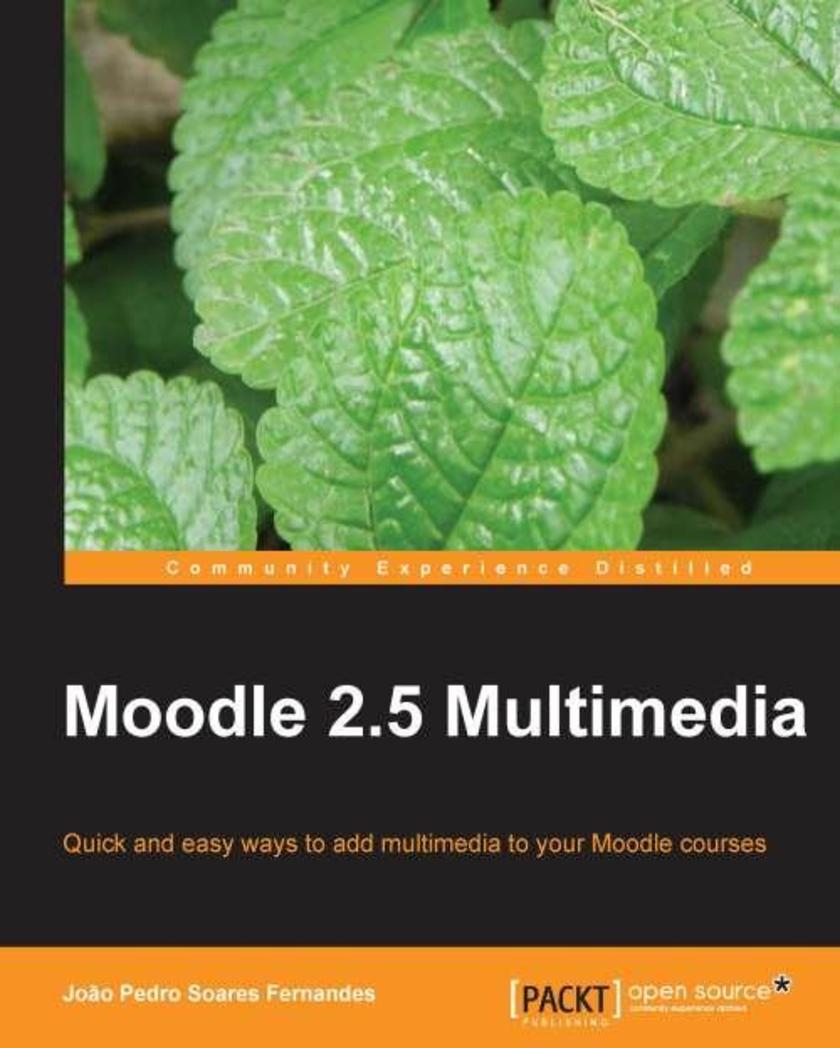
Moodle 2.5 Multimedia
¥80.65
A tutorial-based guide where readers can work through practical examples that clearly describe how to create multimedia applications using Moodle and integrate existing multimedia resources into Moodle courses.If you are a teacher or trainer who runs online courses and has a basic understanding of Moodle, this book will be ideal for you. It is not necessary to have an advanced technical background to create multimedia elements as the tasks will be simple, not time consuming, and will be practical for everyday use.
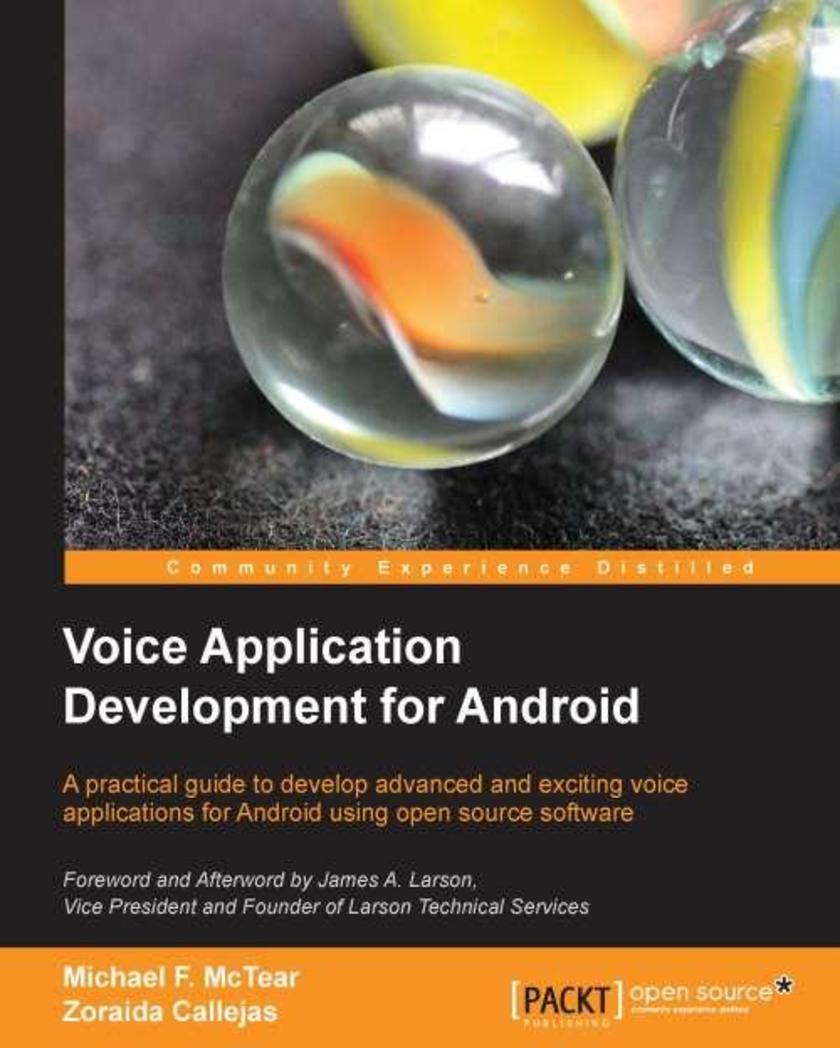
Voice Application Development for Android
¥66.48
This book will give beginners an introduction to building voice-based applications on Android. It will begin by covering the basic concepts and will build up to creating a voice-based personal assistant. By the end of this book, you should be in a position to create your own voice-based applications on Android from scratch in next to no time.Voice Application Development for Android is for all those who are interested in speech technology and for those who, as owners of Android devices, are keen to experiment with developing voice apps for their devices. It will also be useful as a starting point for professionals who are experienced in Android application development but who are not familiar with speech technologies and the development of voice user interfaces. Some background in programming in general, particularly in Java, is assumed.

Instant Optimizing Embedded Systems using Busybox
¥50.13
Filled with practical, step-by-step instructions and clear explanations for the most important and useful tasks. A step-by-step guide which provides concise and clear recipes for getting started with Busybox.If you are an embedded system developer or Android developer who wishes to learn to build an embedded (Android Linux) system from scratch, as well as to optimize the system performance, then this book will be great for you. It’s assumed that you have some experience in Linux and UNIX utilities. If you are a new developer, this book will also help you to get started with Busybox and Android Linux development.

Instant Java Password and Authentication Security
¥50.13
Filled with practical, step-by-step instructions and clear explanations for the most important and useful tasks. This book takes a hands-on approach to Java-based password hashing and authentication, detailing advanced topics in a recipe format.This book is ideal for developers new to user authentication and password security, and who are looking to get a good grounding in how to implement it in a reliable way. It’s assumed that the reader will have some experience in Java already, as well as being familiar with the basic idea behind user authentication.
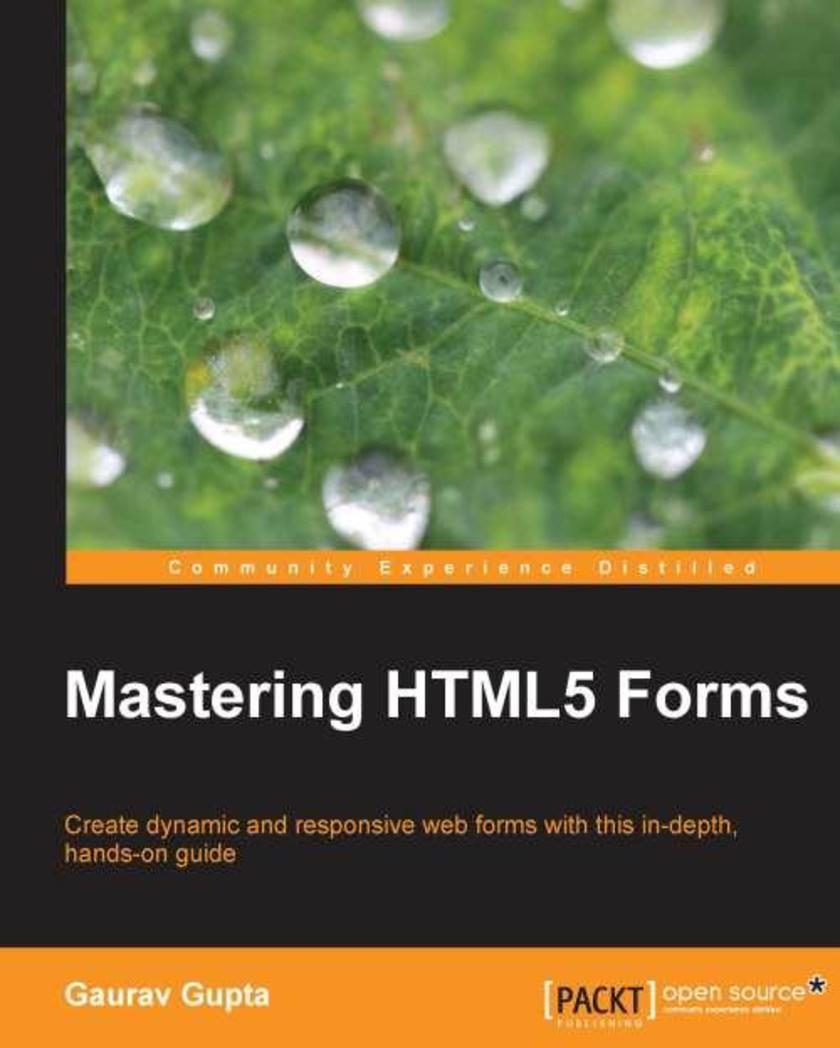
Mastering HTML5 Forms
¥54.49
This tutorial will show you how to create stylish forms, not only visually appealing, but interactive and customized, in order to gather valuable user inputs and information.Enhance your skills in building responsive and dynamic web forms using HTML5, CSS3, and related technologies. All you need is a basic understanding of HTML and PHP.
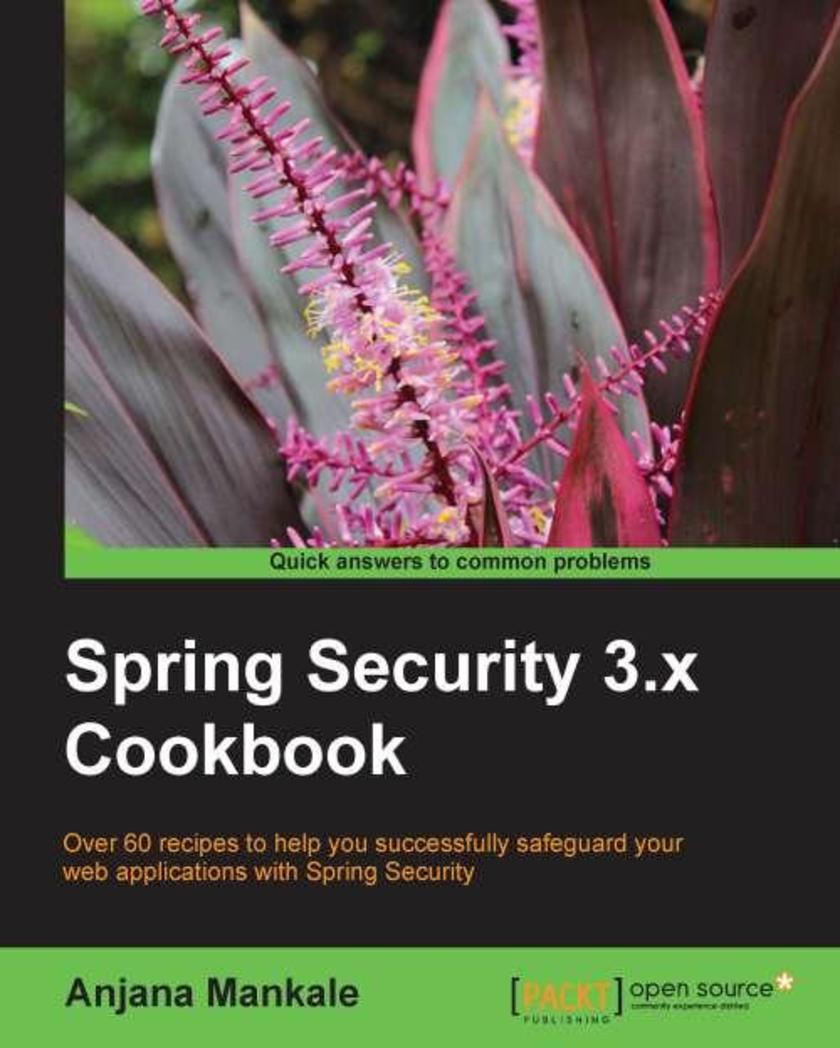
Spring Security 3.x Cookbook
¥90.46
This book follows a cookbook style exploring various security solutions provided by Spring Security for various vulnerabilities and threat scenarios that web applications may be exposed to at the authentication and session level layers.This book is for all Spring-based application developers as well as Java web developers who wish to implement robust security mechanisms into web application development using Spring Security.Readers are assumed to have a working knowledge of Java web application development, a basic understanding of the Spring framework, and some knowledge of the fundamentals of the Spring Security framework architecture. Working knowledge of other web frameworks such as Grails and so on would be an added advantage to exploit the whole breadth of recipes provided in this book, but this is not mandatory.

Introduction to R for Quantitative Finance
¥71.93
This book is a tutorial guide for new users that aims to help you understand the basics of and become accomplished with the use of R for quantitative finance.If you are looking to use R to solve problems in quantitative finance, then this book is for you. A basic knowledge of financial theory is assumed, but familiarity with R is not required. With a focus on using R to solve a wide range of issues, this book provides useful content for both the R beginner and more experience users.
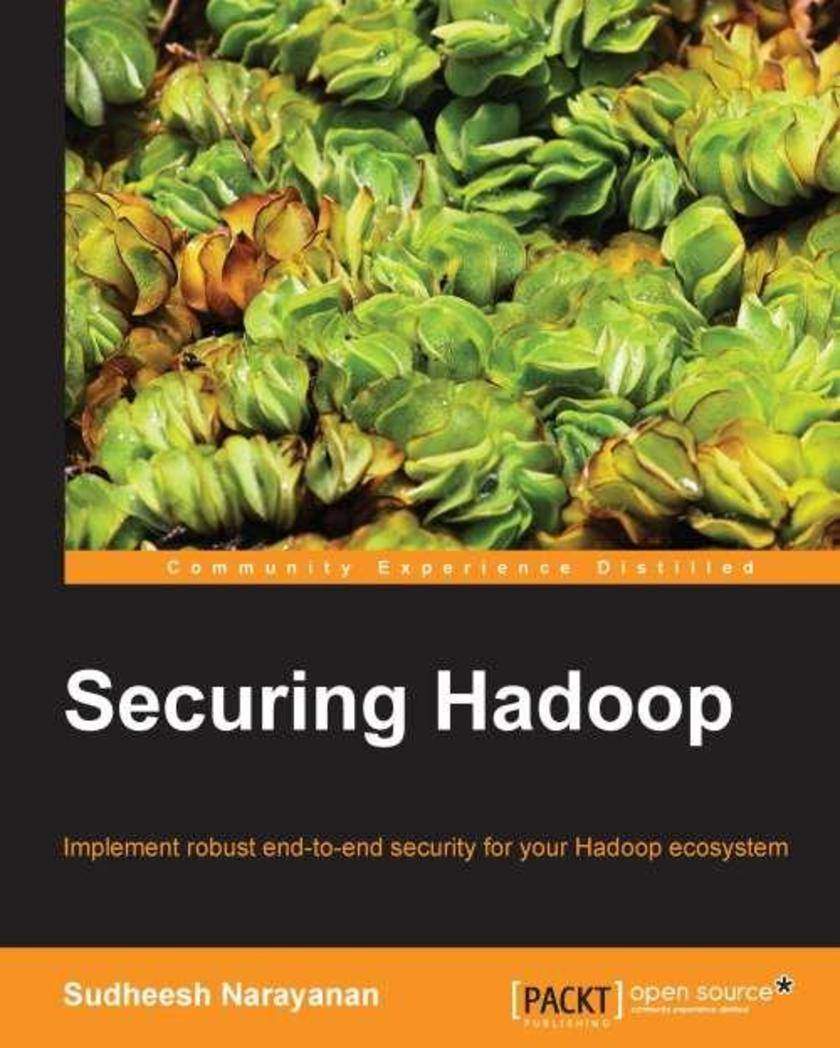
Securing Hadoop
¥54.49
This book is a step-by-step tutorial filled with practical examples which will focus mainly on the key security tools and implementation techniques of Hadoop security.This book is great for Hadoop practitioners (solution architects, Hadoop administrators, developers, and Hadoop project managers) who are looking to get a good grounding in what Kerberos is all about and who wish to learn how to implement end-to-end Hadoop security within an enterprise setup. It’s assumed that you will have some basic understanding of Hadoop as well as be familiar with some basic security concepts.
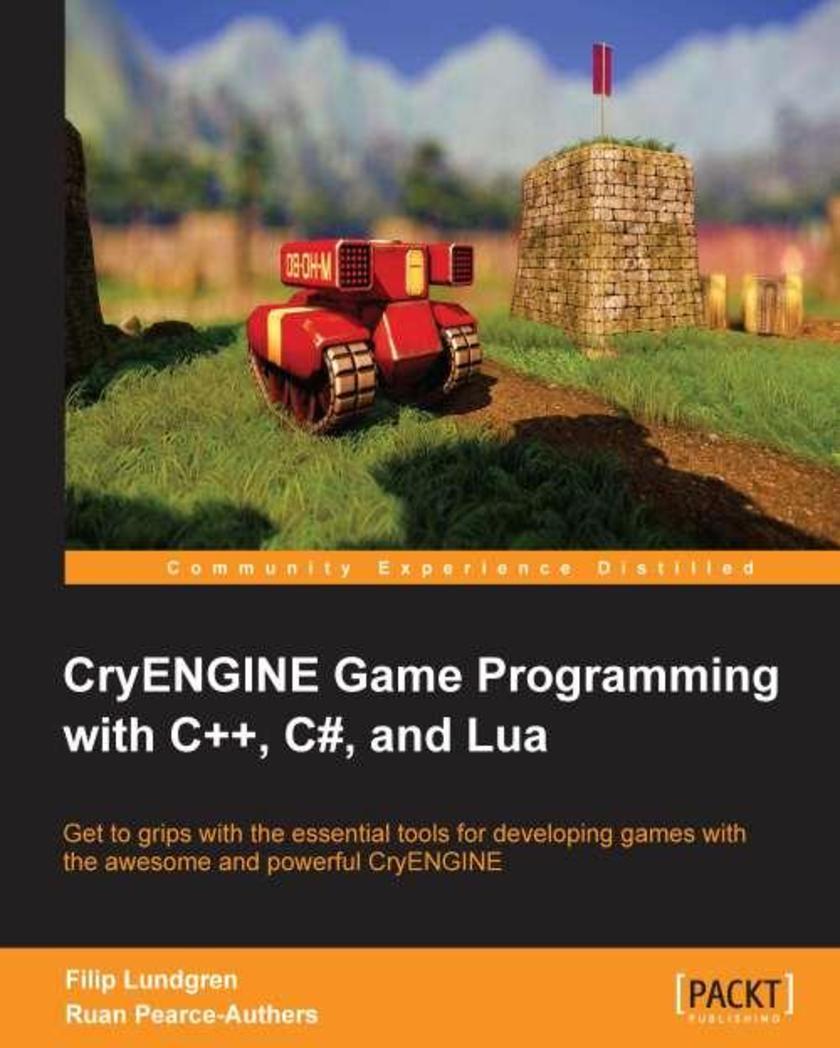
CryENGINE Game Programming with C++, C#, and Lua
¥80.65
This book provides you with step-by-step exercises covering the various systems of CryENGINE and comprehensively explains their workings in a way that can be easily understood by readers of any skill level to help you develop your very own CryENGINE games.This book is intended for developers looking to harness the power of CryENGINE, providing a good grounding in how to use the engine to its full potential. The book assumes basic knowledge of the engine and its editor in non-programming areas.
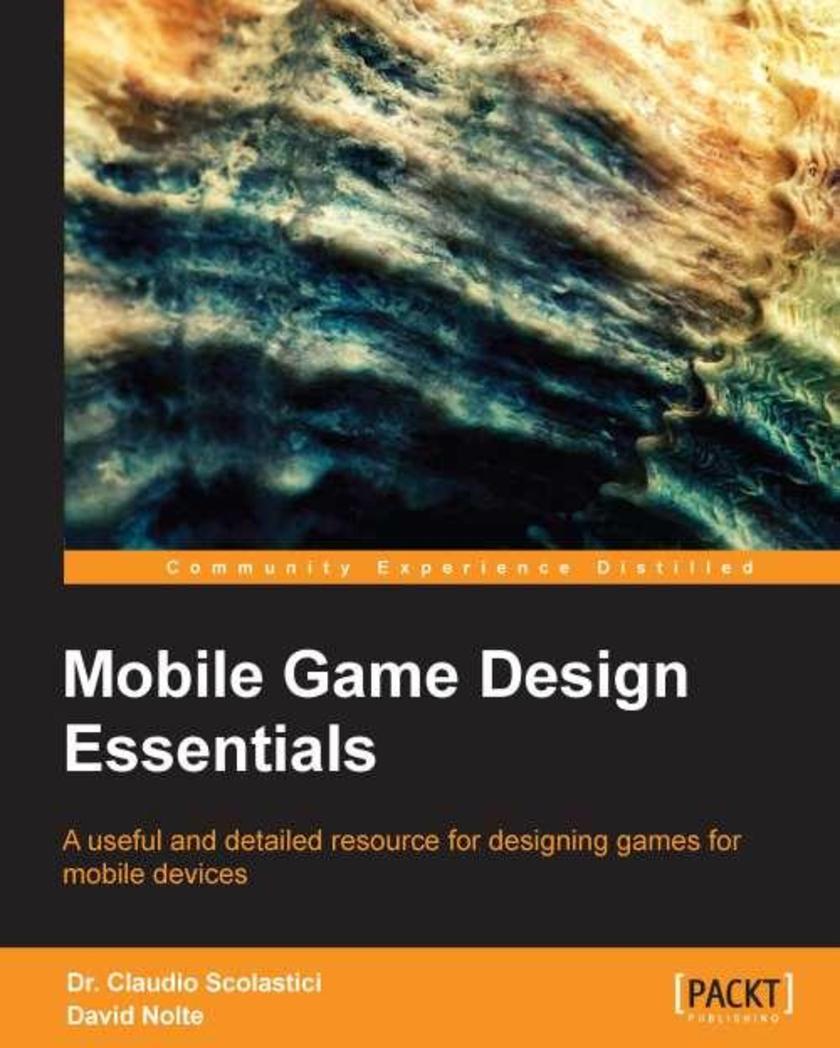
Mobile Game Design
¥90.46
A step-by-step guide.This book is for all game developers, designers, and hobbyists who want to create assets for mobile games
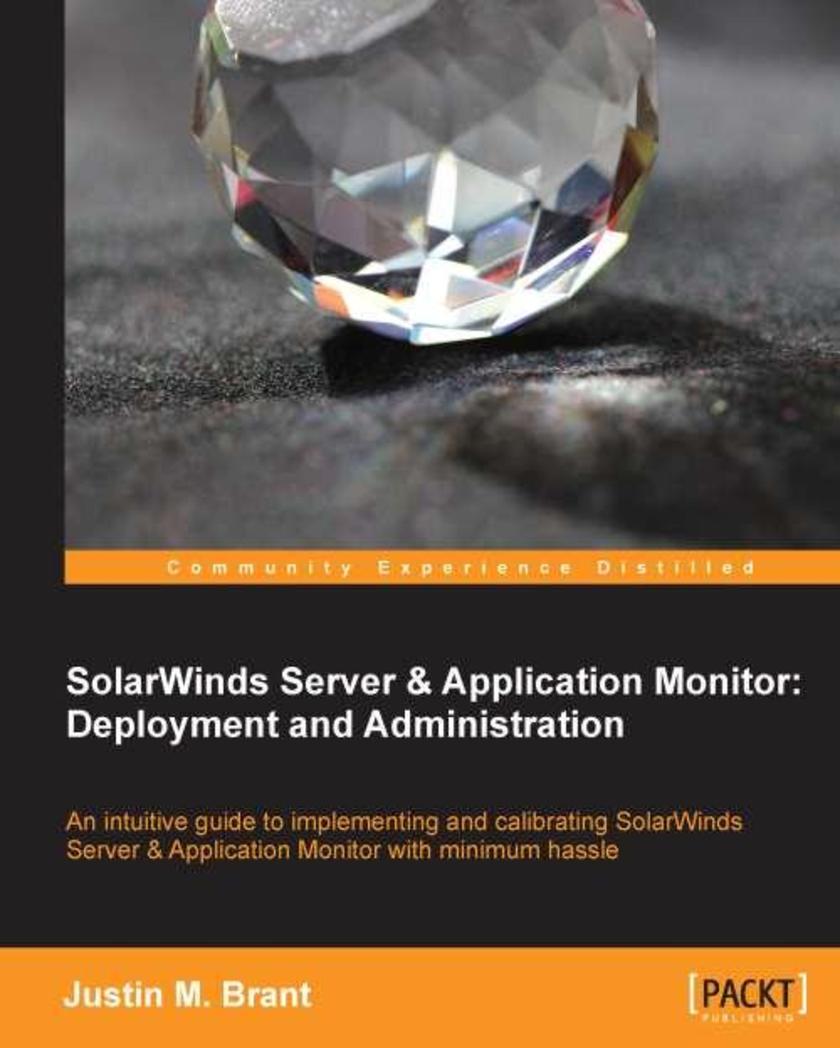
SolarWinds Server & Application Monitor : Deployment and Administration
¥66.48
A concise and practical guide to using SolarWinds Server & Application Monitor.If you are an IT professionals ranging from an entry-level technician to a more advanced network or system administrator who is new to network monitoring services and/or SolarWinds SAM, this book is ideal for you.

Instant Sencha Touch
¥41.41
Get to grips with a new technology, understand what it is and what it can do for you, and then get to work with the most important features and tasks. This book is a practical, step by step tutorial that will get you to use Sencha Touch core components quickly and efficiently.Instant Sencha Touch is for hobbyists who want to explore the capabilities of Sencha Touch. No prior knowledge of Sencha Touch is assumed. This book is simultaneously helpful for developers as well who want to quickly learn about Sencha Touch Framework. The book is structured in such a way that amateurs as well as experts will be able to use it as a reference.

Getting started with Simulink
¥63.21
This practical and easy-to-understand learning tutorial is one big exciting exercise for students and engineers that are always short on their schedules and want to regain some lost time with the help of Simulink.This book is aimed at students and engineers who need a quick start with Simulink. Though it's not required in order to understand how Simulink works, knowledge of physics will help the reader to understand the exercises described.

Robot Framework Test Automation
¥54.49
Written in an engaging, easy-to-follow style, this practical guide will teach you to create test suites and automated acceptance Tests with the Robot Framework.If you are an automation engineer, QA engineer, developer or tester who is looking to get started with Robot Framework, as well as find a standardized testing solution, this book is ideal for you. No prior knowledge of Robot Framework or acceptance testing is required, although a basic knowledge of Python is required for few sections of the book.




 购物车
购物车 个人中心
个人中心



